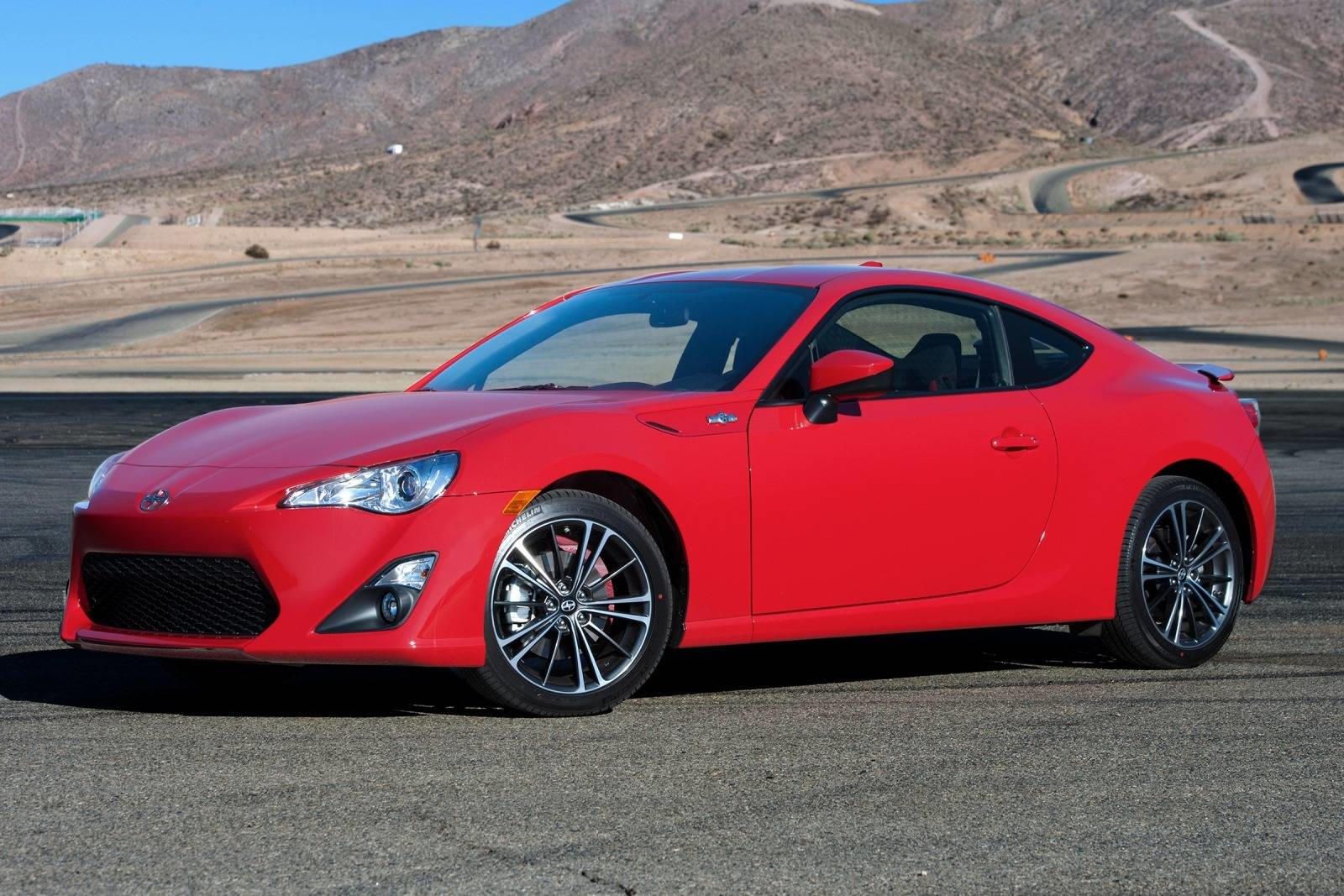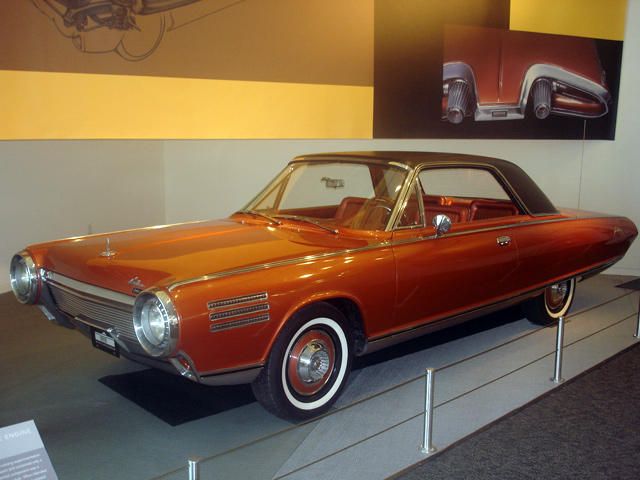
It's true that the Chrysler Turbine Car wasn't really a production vehicle in the traditional sense, but it was something more than a concept and it still managed to make enough of an impact that it is still sometimes talked about today. At the same time that NSU was hard at work bringing out nontraditional rotary engines for its cars, Chrysler went a different route for what it believed might be the next big thing in automotive propulsion: the turbine engine.
The jet engine was first patented in 1930, with considerable work being needed before it could be used for any practical application. The engines arrived in airplanes toward the end of the Second World War, and too late to make much of a difference in that conflict. But research continued and Chrysler would build its first jet engine for the Navy in 1948. It toyed with the idea of an automotive use for the technology all the way through the Fifties before finally bringing out a workable car with a turbine engine in 1963. Fifty-five units were built, five prototypes and fifty cars which were leased to members of the public for testing purposes.
These cars logged a total of 1.1 million test miles before the project was ended, all with almost no mechanical problems at all. The advantage of the turbine engine laid in its simplicity. With 1/5 the number of moving parts found in a contemporary traditional piston engine, there was simply much less to go wrong. Nothing combustible ever came into contact with the engine oil either, so oil changes were unnecessary. And the engine ran without any detectable vibration whatsoever. It produced 130 horsepower and 425lb-ft of torque. Acceleration was really rather slow, but it was found that a bit of torque braking at the light would allow for performance that could keep up with the faster cars of the day.
The engine idled at 15,000rpm and would redline up at 45,700. This made for an engine which sounded, there's no other way to put it, like a giant vacuum cleaner. This is something of a mixed blessing. On the one hand, it sounded futuristic, like nothing ever before heard in a car, but on the other hand, there were some people who just preferred that their cars sound like cars. Nonetheless, the Turbine caused a big stir with the public, despite the total lack of creativity in the name. To be fair, the car's styling might have had something to do with this as well, as the body was designed and built by Ghia in Italy.
It's a very futuristic (or rather, futuristic for 1963) design, and it immediately catches the eye. The car could even run on nearly anything that would burn, with the president of Mexico once making a show of running his car on tequila. Leaded gasoline would technically work but would leave harmful deposits in the engine and was the only fuel type which Chrysler specifically advised against using. The Turbine would ultimately be abandoned after just a couple years. The cars were collected and almost all of them destroyed, just as GM would later do with the EV-1. The problem would ultimately come down to the exhaust, which was much too hot.
This led to huge emissions of nitrogen oxides and even posed a potential danger to vehicles or people behind the car. But even though Chrysler had dropped the Turbine Car itself, it continued research into turbine engines for some time. An evolved version of the engine would eventually see production, but probably not really in the way anyone at the time had exactly intended. In the late Seventies, Chrysler Defense took the design to Lycoming Engines to develop an enlarged and more powerful version. The result was the Honeywell ATG1500, which produces 1,500 horsepower and 2,750lb-ft of torque.
This engine then went into the M1 Abrams series main battle tank for use by the US military. Like its predecessor, this engine can run on a variety of different fuels, although if anyone has ever run one on tequila, it hasn't been widely publicized. More than 9,000 units of this tank have been produced, making it more popular than several of the cars in this series combined. It might not have been where Chrysler intended the technology to lead it, but it would have been a shame to see such a promising technology killed off entirely.

